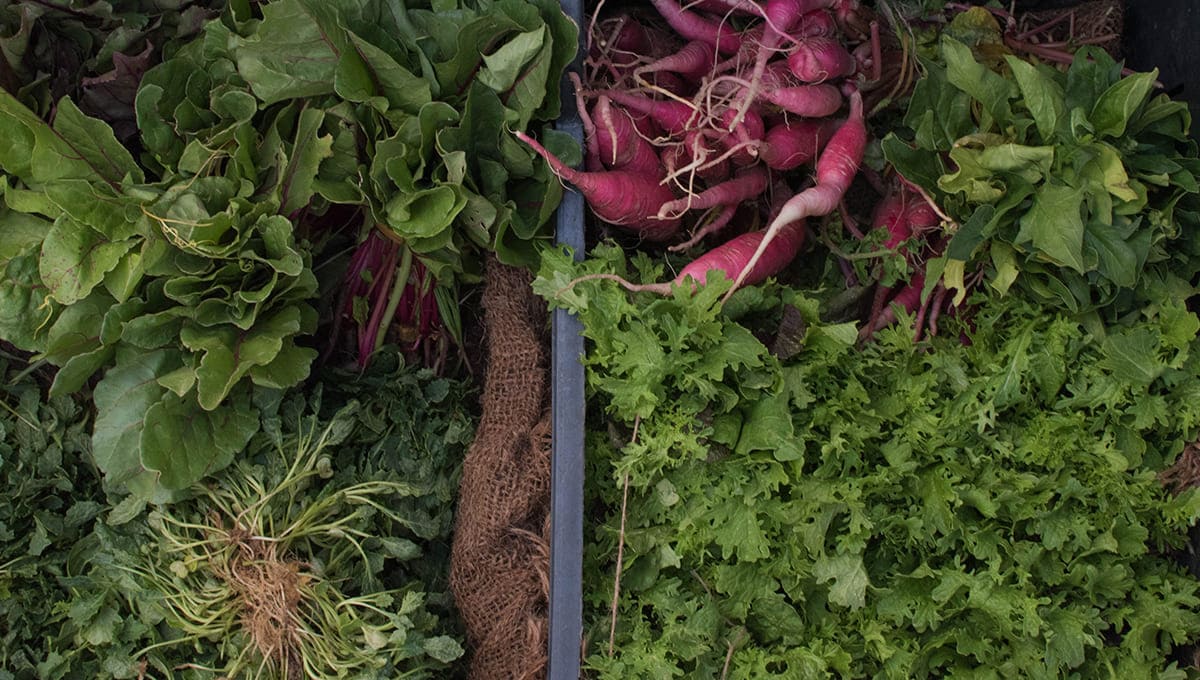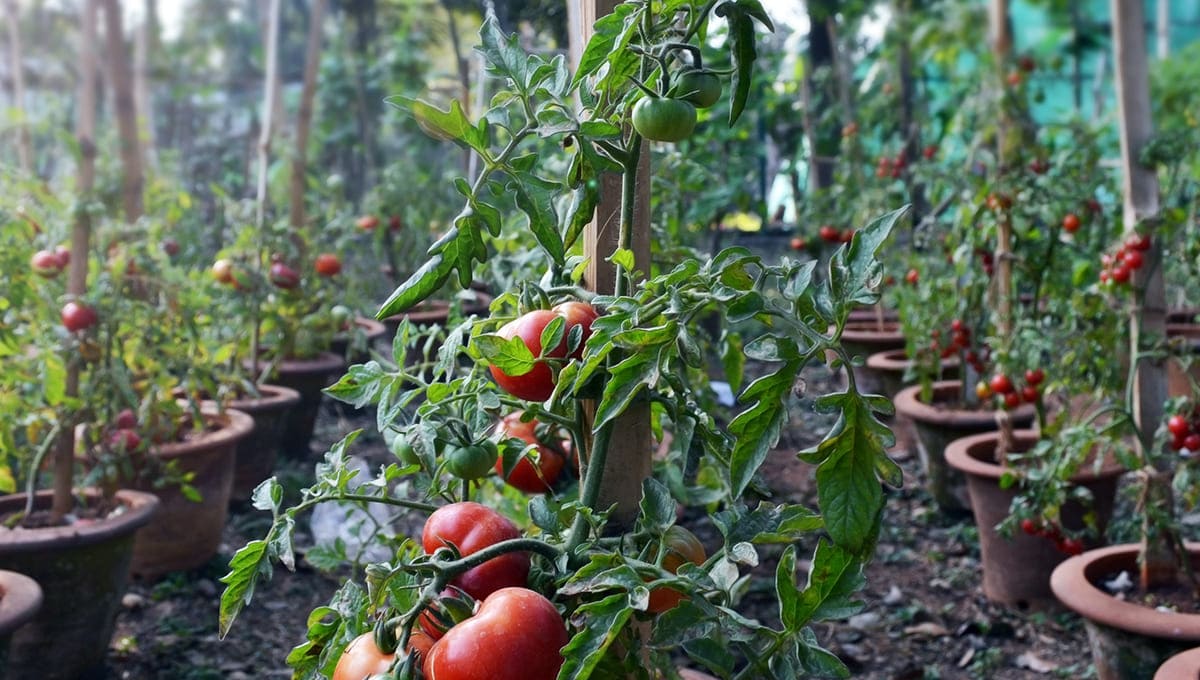The belief has changed from the past few years with experiments of growing cool veggies in Kerala state, all thanks to Kerala Agriculture University (KAU). Now you can grow with very less use of chemical pesticides and fertilizers.
You can easily grow, either commercial or home gardening, with the help of neem-based sprays and vermicompost sprays to keep the pests away.
Benefits of growing your Vegetable garden?
As you know, the food you get at the grocery shop is not pure and fresh, and you don’t know how much pesticide used to grow it. So, why not start your home gardening in Kerala. If you are finding any difficulty, we will help you to grow with minimal use of fertilizer. Here are some vegetables which you can grow in your home garden in Kerala.
10 Vegetable crops grown in Kerala
1. Chilli
2. Radish
3. Okra
4. Cucumber
5. Pumpkin
6. Tomato
7. Cauliflower
8. Cabbage
9. Brinjal
10. Bitter Gourd
You can find these Non-GMO, fresh, healthy vegetable seeds at
Plantic.in
Best tips for terrace vegetable garden in Kerala
Growing vegetables on your terrace are seriously the most happening thing for you. Plus, you can taste your garden. Here are some plants which you can grow on your terrace in Kerala with the best tips to grow.
1) Chilli
Chilli is one of the popular ingredients in most cuisines. It grows in warm temperature between a temperature of 20 to 30 degrees C, and night temperature should not exceed 24 degrees C. Once the seed starts germination, feed them with Plantic GreenDrop Organic Plant Food Liquid Fertilizer to promote rapid rooting and growth. Chilli grows well in loamy and well-drained soil with a pH of 5.5 to 6.8. Plant between September to October. After 2 months of flowering, chilli is ready for harvest.
Health benefits of chilli
Green chilli contains zero calories, enhancing metabolism up to 50%. Chilli is also a good source of beta-carotene and Vitamin C and promotes the immune system and eye health. Chillies are also great for the common cold and sinus. It can easily be grown and stored in dark cool areas to retain Vitamin C.
2) Radish
Radish is a cool-season crop, grows well in loamy/clay and well-drained soil with pH 6.0 to 6.5. Start planting radish from August to January, ready for harvest in 50-60 days. Once the seed starts germination, feed them with Plantic GreenDrop Organic Plant Food Liquid Fertilizer to promote rapid rooting and growth.
Health benefits of radish
Radishes help lower blood pressure and regulate blood flow as it is rich in potassium. Radishes are a rich source of fibre, antioxidants, calcium, manganese, copper, iron, zinc, and magnesium, perfect for roughage aiding in improved digestion.
3) Okra
Okra can grow well in three planting seasons i.e. October-November and February-March, require an optimum temperature between 24-27 degree C. Once the seed starts germination, feed them with Plantic GreenDrop Organic Plant Food Liquid Fertilizer to promote rapid rooting and growth. Okra needs heavy and well-drained soil with a pH between 6.0-6.08. It takes 45 days to get ready for harvest.
Health benefits of okra
Okra had high dietary fibre and negligible calories, which helps in managing type 1 blood sugar, type 2 diabetes. Okra is rich in vitamin A, helps improve eyesight. Help lower cholesterol and improve heart health as it has antioxidant components. Also, rich in Vitamin C that boosts immunity.
4) Cucumber
Cucumber can grow well in September to December with a temperature between 4-27 degree C. Cucumber will be ready for harvest in almost 45 days from planting, needs loamy soil with a pH value of 6-6.07. Once the seed starts germination, feed them with Plantic GreenDrop Organic Plant Food Liquid Fertilizer to promote rapid rooting and growth.
Health benefits of cucumber
Cucumbers contain 96% water, effective in flushing out toxins, recommended for patients with kidney stones. Cucumber rich in fibre helps to stabilize blood pressure and improve digestion. It is very easy to grow in the balcony and small vegetable gardens. Cucumbers also support insulin production, help diabetic patients.
5) Pumpkin
Pumpkin is a cool-season crop, needs loamy and well-drained soil with a pH of 6.0-6.07. Once the seed starts germination, feed them with Plantic GreenDrop Organic Plant Food Liquid Fertilizer to promote rapid rooting and growth. Pumpkins grow well in 24-27 degree C, start plants between September to December and January to March. It will be ready for harvest after 3 months of the plantation.
Health benefits of pumpkin
Pumpkins contain rich nutrients that help improve the immune system and contain carotenoids, vitamin C, E, which acts as antioxidants. Pumpkins protect against certain cancer and prevent eye cell damage from free radicals. Also, rich in Vitamin C promotes collagen formation (Aids in healthy skin). Pumpkins don’t take too much space so, grow them in huge pots or gardens.
6) Tomato
Tomatoes grow well in sandy/ clay and well-drained soil with a pH of 6.0 to 7.0. It needs a temperature between 21 to 24 degree C. It is best to rotate your crops with tomatoes. Once the seed starts germination, feed them with Plantic GreenDrop Organic Plant Food Liquid Fertilizer to promote rapid rooting and growth. The first tomato crop will be ready after 2 months of transplantation. Pick it early in the morning.
Health benefits of tomato
Tomatoes are rich in folate, fibre and potassium and contain zero cholesterol, helping regulate cholesterol. Tomatoes are also a good source of potassium which lowers high blood pressure and helps fight heart disease. It helps fight different types of cancers as it has inflammatory properties. Many studies show that consuming tomatoes daily reduces the risk of stomach and prostate cancer.
7) Cauliflower
Cauliflower is a cool-season crop, needs temperature between 15 to 21 degree C. Cauliflower grows well in sandy/clay type loamy and well-drained soil with a pH of 5.5-6.05. Once the seed starts germination, feed them with Plantic GreenDrop Organic Plant Food Liquid Fertilizer to promote rapid rooting and growth. Grow between September to November, it will be ready in 3 to 4 months after the plantation.
Health benefits of cauliflower
Cauliflowers are cruciferous vegetables, containing carotenoids and vitamins, such as Vitamin C, E, K. Cauliflower has a compound named sulforaphane help to improve blood pressure levels. It also contains Omega-3 fatty acids that regulate cholesterol levels and help in nervous disorders, like Alzheimer’s and prevent cardiac disease. Also, a great companion in weight loss.
8) Cabbage
Cabbage is a cool-season crop, needs sandy/clay type loamy and well-drained soil with a pH of 6-6.05. Start sowing cabbage seeds between September to November. Cabbage crops will be ready for harvest after 3 to 4 months of the plantation. You can grow it next to the cauliflower. Once the seed starts germination, feed them with Plantic GreenDrop Organic Plant Food Liquid Fertilizer to promote rapid rooting and growth.
Health benefits of cabbage
Cabbage is a well-known source of beta-carotene. Many research shows that cabbage helps in the prevention of cataracts. Also, promotes strong teeth and bones as it is rich in magnesium, potassium, minerals and calcium. Cabbage also has immune-boosting and cancer-fighting compounds and also effective against ulcers and constipation.
9) Brinjal
Brinjal is a popular ingredient in India; especially in the south because it is used in making sambar, curry and chutney. Once the seed starts germination, feed them with Plantic GreenDrop Organic Plant Food Liquid Fertilizer to promote rapid rooting and growth. It is a warm-season crop, needs loose and well-drained soil with a pH of 6.0-6.8. Start plantation in September-October. Brinjal will be ready for harvest after 2-4 months of transplantation.
Health benefits of brinjal
Brinjal is a rich source of fibre and contains low calories. It contains several substances that help in fighting cancer cells and improve digestion and keep blood sugar in check. Once the seed starts germination, feed them with Plantic GreenDrop Organic Plant Food Liquid Fertilizer to promote rapid rooting and growth. Brinjal can be used in several cuisines, like roasted, baked, sauteed, grilled.
10) Bitter Gourd
Bitter gourd needs loamy and well-drained soil with a pH of 6.5-7.0. It requires a temperature of 25 -30 C, best to grow in September to December. Brinjal takes almost 90 days to grow after plantation. Once the seed starts germination, feed them with Plantic GreenDrop Organic Plant Food Liquid Fertilizer to promote rapid rooting and growth.
Health benefits of bitter gourds
Bitter gourds are a perfect detox ingredient that wipes out alcoholic intoxication in the liver. Bitter gourds contain low fat, calories, and carbohydrates that keep you feeling full and help in weight loss. It helps fight bacteria and virus, preventing several indigestion and allergies. Also, help in maintaining blood sugar levels.


